Book Review 2015 #1 - Susanna Clarke's Jonathan Strange and Mr. Norrell
 Jonathan Strange and Mr. Norrell by Susanna Clarke
Jonathan Strange and Mr. Norrell by Susanna Clarke
Published by: Bloomsbury USA
Publication Date: September 30th, 2004
Format: Paperback, 1012 Pages
Rating: ★★★★★
To Buy (different edition than one reviewed)
Mr. Norrell is the only practical magician in England. He has devoted his life to finding, owning, and studying every book on magic and every book of magic he could beg, borrow, or steal. In Yorkshire, the heart of Northern England and The Raven King's domain, Mr. Norrell finds ways to eliminate all competition from theoretical magicians and plots how he will bring magic back to England. One would think eliminating magicians would be contrary to his goal, but Mr. Norrell disagrees. His destruction of the Learned Society of York Magicians provides an opportunity to get the press he needs through a John Segundus to herald his arrival in London. Norrell dreams that just removing himself from the confines of his home, Hurtfew Abbey, will have the government clamoring at this door begging for help with everything from the disgraceful street magicians who are nothing but swindlers to helping with the war with France.
But Norrell's views against fairy magic and his fusty nature make his entrance into society tricky. He eventually gets the ear of cabinet minister Sir Walter Pole, who quickly dismisses him. Yet a tragedy is about to change everything. Sir Walter's fiance dies and Norrell is encouraged to bring her back from the dead. Despite deploring fairy emissaries and assistants, he summons one who is indeed able to bring the future Lady Pole back from the dead, but not without exacting a terrible toll to all those Norrell knows. Norrell's new found popularity brings new opportunities, and despite all previous thinking that should another magician arise he'd hate them on sight, he instead decides to take the young Jonathan Strange as his pupil. The two quarrel and fight, but no one can deny that they have brought magic back to England, but at what cost to England, and more worryingly, at what cost to themselves?
You know that feeling you get when you find the perfect book? It's like finding a friend you'd never knew you'd missed or coming home, it was always a part of you even before you found it, a soul mate. That's what it was like when I first cracked open the pages of Jonathan Strange and Mr. Norrell. Billed as Harry Potter for adults it's so much more. Jonathan Strange and Mr. Norrell has the sensibilities of Austen with the scope of Dickens with a readability for modern audiences. Yes, it is divisive, you either love it, as seen by it's numerous awards, our you hate it. But as for myself, I don't know if there's a way I can too strongly state my love for it, nor perhaps write a coherent and focused review, but that remains to be seen.
I have a plethora of copies from my first edition to later paperback ones, but despite how many editions I have the truth was, until recently, I'd only read the book the one time. If I loved the book so much to invest in multiple copies why read it only once? Because I was scared that this magical memory of it wouldn't sustain my scrutiny over ten years later. As you can no doubt see, I was wrong. The book was even better the second time around. I found more magic and nuance due to my extensive reading in the intervening years, and if anything the only quibble I have is that I really don't know how the BBC is going to make this into a successful miniseries, but only time will tell there.
The staging of the book in it's three volumes is wonderful in how each section builds off the previous and becomes more complicated and creates a deeper understanding of the world Clarke has built. We begin with Mr. Norrell, a rather typical and bookish grump who introduces us to his ideas on magic and we get a feeling for the world. Then we progress to Jonathan Strange, where the world is expanded and we start to question what we have already learned. We end, appropriately, with The Raven King, John Uskglass, who teaches us that all we think we knew is wrong. This mimics how we, as humans, learn. We study hard, we learn the lessons in our books, we start to question and we realize, like Jon Snow, we know nothing; and that in ignorance we are starting on the path of true knowledge.
More then anything Jonathan Strange and Mr. Norrell is a history book. Yes, it is a drastically altered history, but it's a believable one. What makes it such a rich tapestry is that Clarke is willing to take the time to tell us all the mythology and academic ephemera of past magician's and their work in order to round out her England. While I have read my fair share of history books, they aren't necessarily the most scintillating reads. Yet an aspect of history books that is a useful tool is the footnote. Never underestimate the joy of a good footnote. Yes the use of footnotes in fiction might be considered a trope nowadays, but I don't think it's a coincidence that my favorite authors all use footnotes to expand on their work and to do humorous asides. Terry Pratchett, Lisa Lutz, and Susanna Clarke all use footnotes to the betterment of their story, expanding the world at a slight angle to the rest of their narrative.
But everything I've mentioned so far just comes down to basic worldbuilding and writing techniques. Someone can be deft with these and still come up short when it comes to telling a good story. Where Jonathan Strange and Mr. Norrell really shines is in the dichotomy of England and the "safe" magic the magicians have practiced and the Otherworld, the realms of fairy, and the wild and dangerous magic that can rewrite the world. Fairy Tales, in their original non Happily Ever After origins, were dark and scary. Morality stories to keep women and children in line and to warn of dangers in the deep dark woods. There's a reason why witches were burned and magic was feared, something that Disney has helped us to forget.
Like Disney's whitewashing, The Raven King and other magicians have shown to people that perhaps fairies are good and there to help us. Clarke is here to show us once again that their nature is wild and mad, quite literally. The Gentleman with the thistle-down hair, or a more sadistic version of David Bowie's Goblin King as I like to think, embodies this evil madness. In deed, desire, and any and every way imaginable, this evil fairy shows that Norrell was right to fear them and that the true enemy of magic and man is vindictive fairies that are crazy beyond measure. They are the creatures to fear, they are the nightmare in the dark.
In fact, Fairy Tales are the original horror stories and Clarke does an amazing job in tapping into this. I have read horror stories and been left wanting by those considered the scariest and strangest. But in simple, straightforward yet elegant prose, Clarke is able to conjure up more horror then I experienced reading all of Danielewski's House of Leaves, whose house has no architectural style yet a banister, please. The King's Road is a thousand times scarier then the aforementioned house, with bridges spanning an eternity and rivers and moors of black desolation, all accessible through a mere reflection. That is the true horror. That this evil "other" world isn't fixed but can find it's way into your very house. You can be sitting in a chair and feel doors opening around you and long corridors stretching and a breeze where no breeze should be and the tingle of magic, and all while you felt safe in your snug little house. You are safe no more. Gives you a little chill just to think of it doesn't it?




















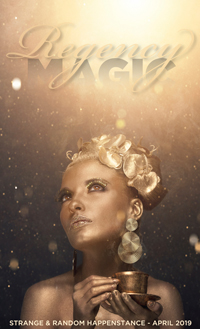
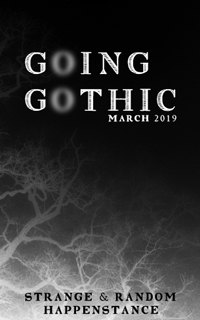
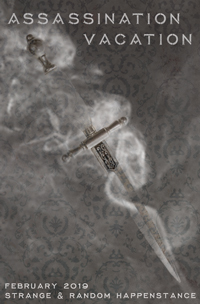
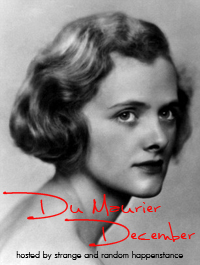
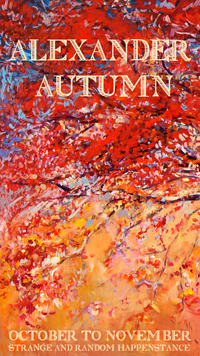
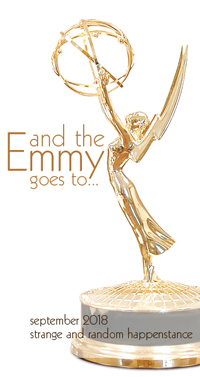

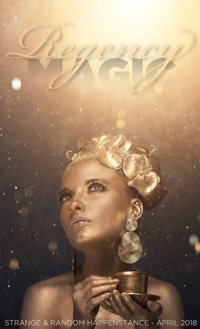


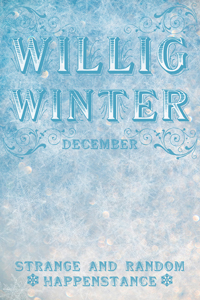

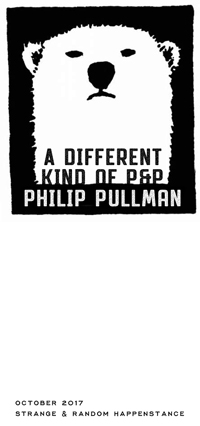


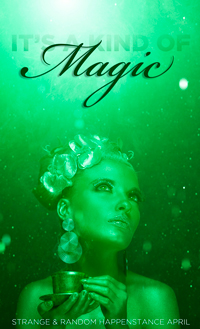
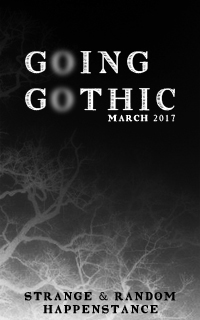

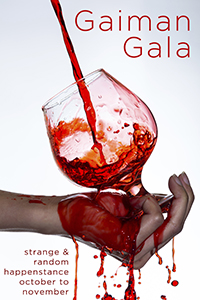
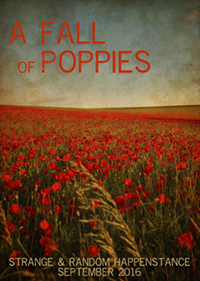

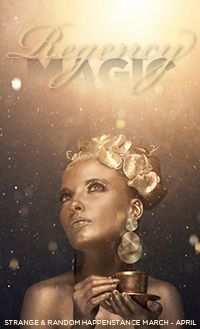

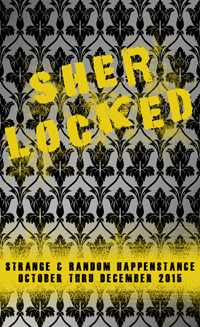
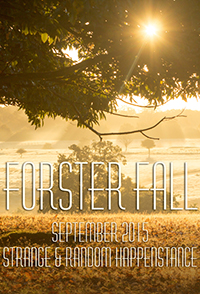
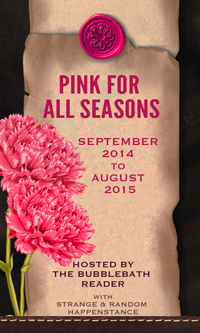
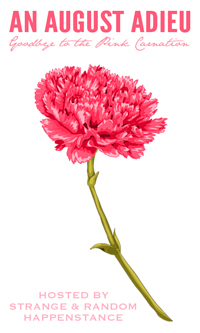




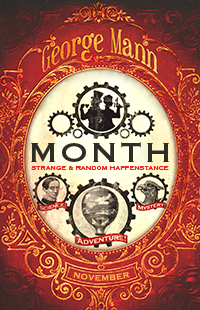

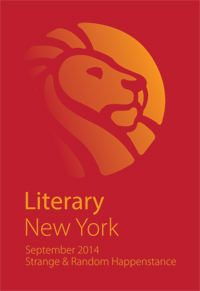
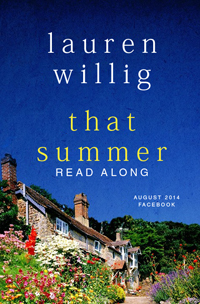



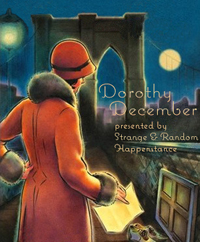

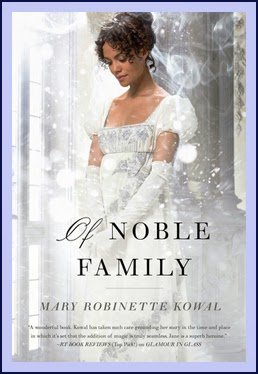 Of Noble Family by Mary Robinette Kowal
Of Noble Family by Mary Robinette Kowal The Swans of Fifth Avenue by Melanie Benjamin
The Swans of Fifth Avenue by Melanie Benjamin The Record Set Right by Lauren Willig
The Record Set Right by Lauren Willig The Plague of Thieves Affair by Marcia Muller and Bill Pronzini
The Plague of Thieves Affair by Marcia Muller and Bill Pronzini The Case of the Girl in Grey by Jordan Stratford and Kelly Murphy
The Case of the Girl in Grey by Jordan Stratford and Kelly Murphy Congo by Michael Crichton
Congo by Michael Crichton Midnight in St. Petersburg by Vanora Bennett
Midnight in St. Petersburg by Vanora Bennett Yuki Chan in Bronte Country by Mick Jackson
Yuki Chan in Bronte Country by Mick Jackson The Cat Who Came in Off the Roof by Annie M.G. Schmidt
The Cat Who Came in Off the Roof by Annie M.G. Schmidt
 High Rising by Angela Thirkell
High Rising by Angela Thirkell The Mysterious Howling (The Incorrigible Children of Ashton Place Book 1) by Leigh Bardugo
The Mysterious Howling (The Incorrigible Children of Ashton Place Book 1) by Leigh Bardugo The Lightkeepers by Abby Geni
The Lightkeepers by Abby Geni The Bitter Season by Tami Hoag
The Bitter Season by Tami Hoag Six Feel Over It by Jennifer Longo
Six Feel Over It by Jennifer Longo Nimona by Noelle Stevenson
Nimona by Noelle Stevenson


















